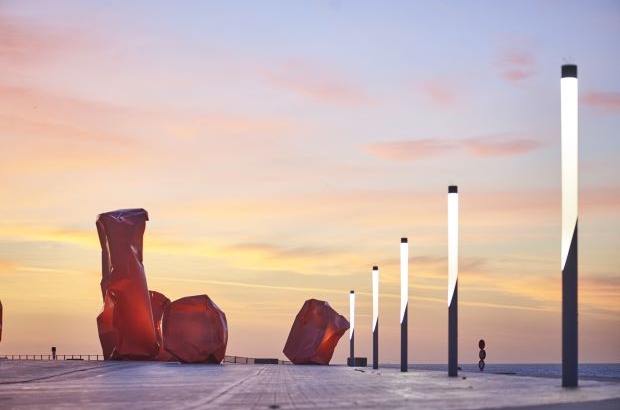- Daily & Weekly newsletters
- Buy & download The Bulletin
- Comment on our articles
Explore Belgium: The coastline is but one jewel in the crown of West Flanders’ attractions
The far west of Belgium is one of the country’s richest regions in terms of variety for a long weekend or staycation. The architectural treasures of Bruges, the beauty of the sea, hiking and biking trails and war heritage sites reflect the best of what the country has to offer in arts, nature, activities and historical significance.
Arts & architecture
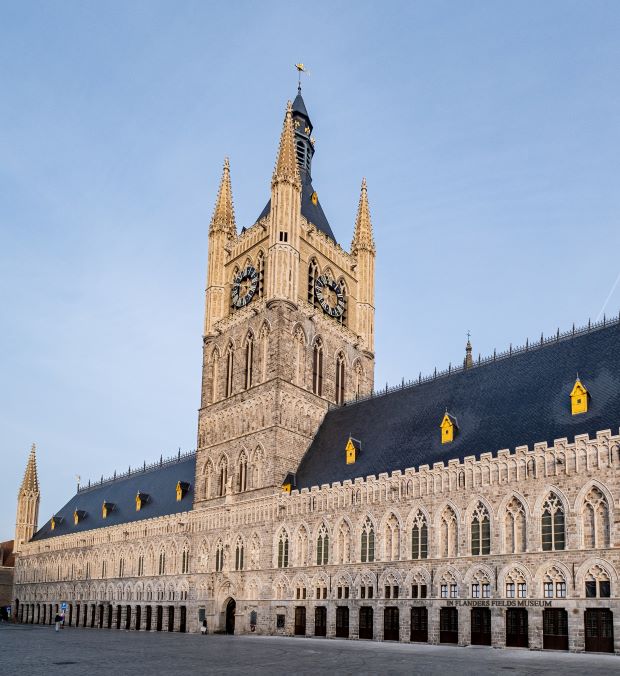
Flemish cities are known for preserving their medieval cloth halls – commercial markets that serve as remnants of the once world-renowned textile trade. Many have undergone major restoration and transformation, such as the one in Ypres, now housing the In Flanders Fields Museum and the city museum. It is arguably the most impressive of Flanders’ cloth halls. Bruges’s hall in the famed Grote Markt housed a number of trades but primarily broadcloth.
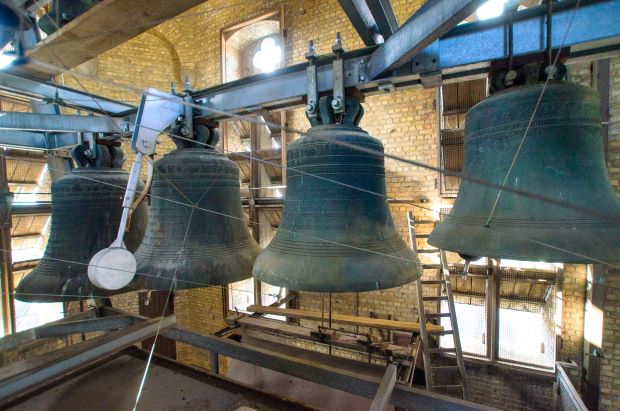
Both Ypres’ and Bruges’ cloth halls are home to belfries that can climbed for magnificent views. And both these belfries house sets of bells that can be played with a series of levers known as a carillon. Belgium is home to a whopping 94 carillons – or some 13% of all existing carillons in the world. The country’s carillon culture has been recognised by Unesco as intangible cultural heritage. Bruges has a city carillonneur, who plays three days a week. Ypres offers a carillon concert every Saturday.
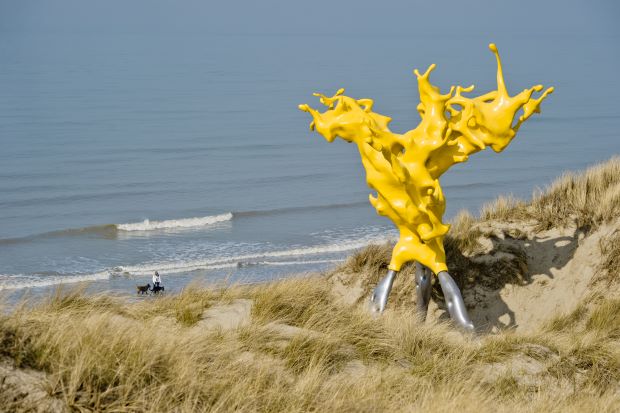
There’s a large concentration of public art up and down the Belgian coast, thanks to the art triennial Beaufort. Many of its fantastic monumental works that span the entire coastline are retained once the event is over. One beloved sculpture in Ostend has nothing to do with the triennial: The Lioness is the only remaining vestige of an exhibition staged in Leopold Park in 1888. Lurking in the bushes, she can be a rather surprising sight.
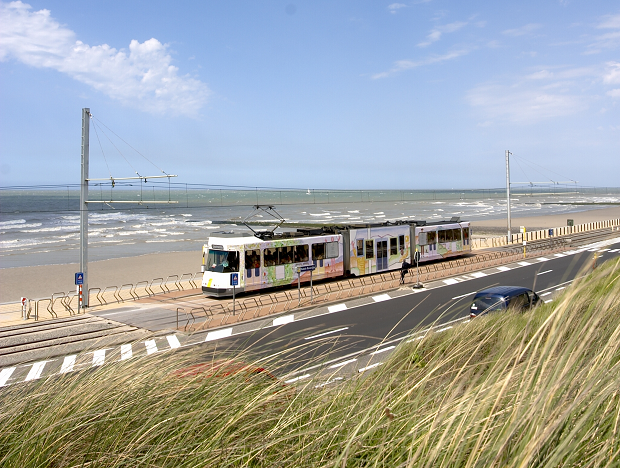
Winding your way through the coast’s public art is easy with the coastal tram – at 67km, the longest tramline in the world. It’s a tourist attraction in itself, taking in sea views between Ostend and Middelkerke as well as a trip through the dunes.
First World War sites
The Western Front ran some 90 kilometres from Nieuwpoort to the French border, taking in the Ypres Salient, a heavily contested bulge in the front line, where many of World War One’s most intense battles were fought.
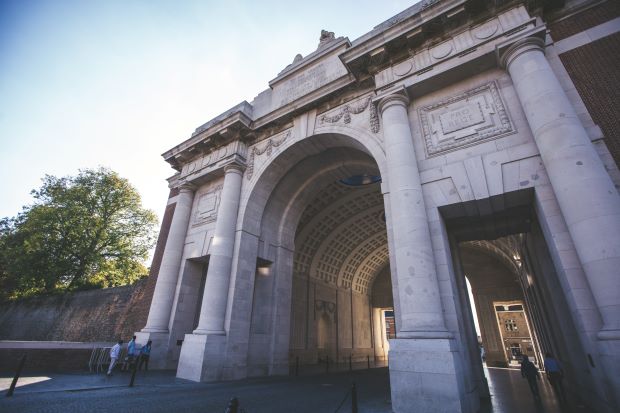
In West Flanders, towns, cities and vast stretches of rural countryside bear testimony to the ravages of the Great War. The most visited sites in the region are the Tyne Cot Cemetery and Visitors Centre and the Passchendaele Museum in Zonnebeke and the Menin Gate and In Flanders Fields Museum in Ypres.
While there are some 170 World War One cemeteries in West Flanders, nowhere is the scale of death and the poignancy of remembrance stronger than in Tyne Cot, the largest Commonwealth cemetery in the world. Beautifully maintained, it is home to nearly 12,000 graves and 35,000 names of missing persons.
Nearby Ypres was completely obliterated during the war and painstakingly reconstructed in the ensuing years. The In Flanders Fields museum provides context to the four years of fighting that blighted the area. A five-minute walk away, the Menin Gate is where international crowds gather for the Last Post, which is still sounded every single evening at 20.00. Erected in 1927, it recently reopened after two years of renovation work. The memorial to more than 54,000 British and Commonwealth soldiers missing in action in West Flanders during World War One underwent structural work and has received new energy-efficient lighting and a green roof.
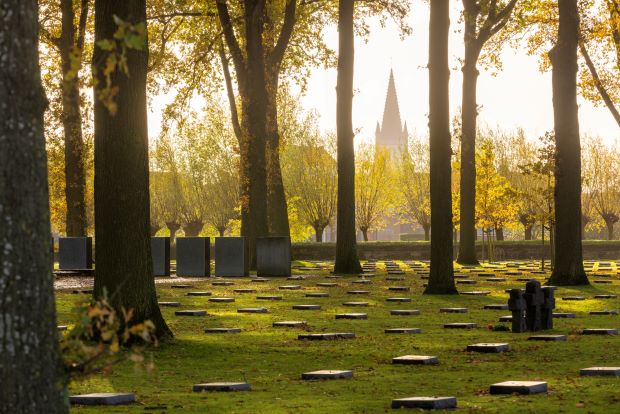
Among the many poignant memorials that dot the region, the most melancholy is the Langemark German military cemetery (pictured). Four bronze statues of mourning soldiers watch over the mass graves of more than 44,000 fallen servicemen.
Other important sites in the area include Hill 62, Hill 60, Essex Farm, Artillery Wood, Polygon Wood and Messines Ridge. The well-known Talbot House in Poperinge was a refuge for British soldiers of all rank, escaping trench warfare for periods of rest and recreation. The house, museum and gardens provide an authentic insight into wartime life.
Sport & outdoors
Kayaking, rafting paddleboard, windsurfing – you can do it all on Sint-Pietersplas, an artificial lake specifically geared to watersports. Situated northwest of Bruges, it’s surrounded by forest, with trails for jogging. It’s also only a 20-minute drive to the coast, so it’s easy to combine with a trip to Bruges or the sea.
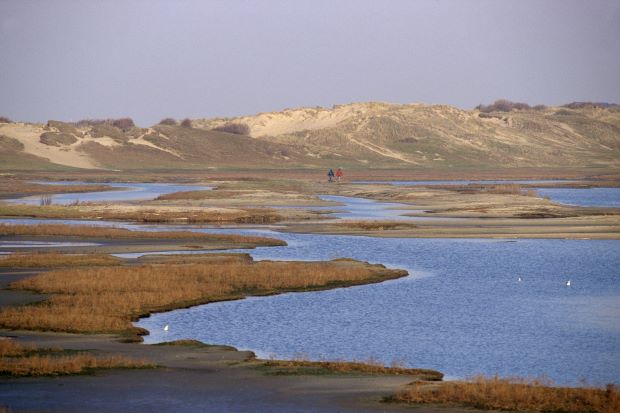
Zwin Nature Park (pictured) is worth exploring in every season. The 158-hectare protected marshland in Knokke-Heist is home to a unique ecosystem thanks to the daily ebb and flow of seawater. Wooden paths lead visitors among colourful native plants, rippled sands emerging from sparkling water and an enormous number of migrating birds. The visitor centre alone offers hours of informative fun for the whole family.
Heuvelland (literally Hill Country) comprises a group of rural villages on West Flanders’ southern border and is the very epitome of idyllic: Vast green landscapes are dotted with quaint forests, land art and vineyards. The 52km signposted Heuvelland cycle route takes it all in. The 9km Kemmelberg walking route is also highly recommended, with several watering holes along the way – a reward for all that climbing.
Kids!
Most of the above activities are kid-friendly enough. In addition, The Outsider Coast in Nieuwpoort is ready to rent the family kayaks, offroad steps and other equipment or to host kids at the Gypsy Village open-air playground and guide you through the Mariner’s Obstacle Course, which hangs above the water. The city also offers a lovely children’s farm – with all the animals you’d expect but also theatre and workshops such as baking bread and making felt from wool.
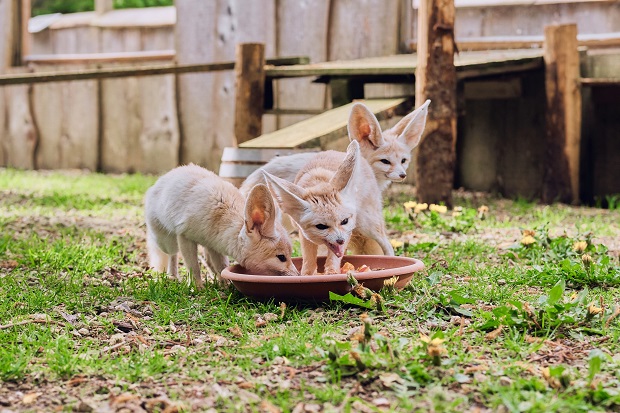
Animals of a decidedly different nature can be found in Vleteren at De Zonnegloed (pictured) the first wild animal sanctuary in Belgium (pictured). It allows visitors, so you and the kids can come face to face with a meerkat, serval or marmoset.
Two of Belgium’s big amusement parks are located in West Flanders: Plopsaland is in De Panne on the coast and Bellewaerde is just outside of Ypres. Bellewaerde has a full-scale zoo along with the roller coasters, water rides and safari-style experiences. Plopsaland is based on the Studio 100 characters, like Kabouter Plop and Maya the Bee – the absolute bomb for littler kids.
This article was updated in July 2025.
Photos: (main image) Ostend ©Westtoer APB; Ieper cloth hall ©Visit Flanders; Bells, Jorge Macchi ©annsophiedeldycke; Beaufort OLNETOP ©Westtoer APB; Coastal public transport tram De Lijn at beachside Raversijde; Menin Gate Ypres ©Westtoer; LANGEMARK Duits Militaire begraafplaats ©Jan D'Hondt Ateljé D; Nature Park Zwin coast Knokke-Heist walking © J.J.Soenen












